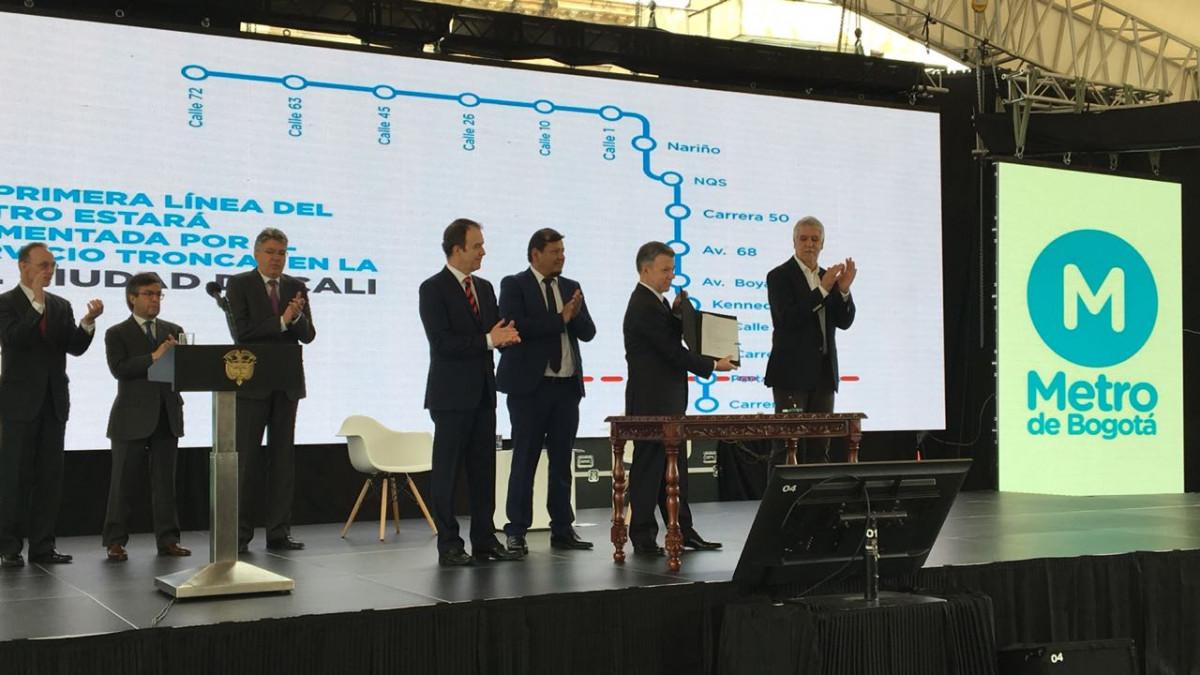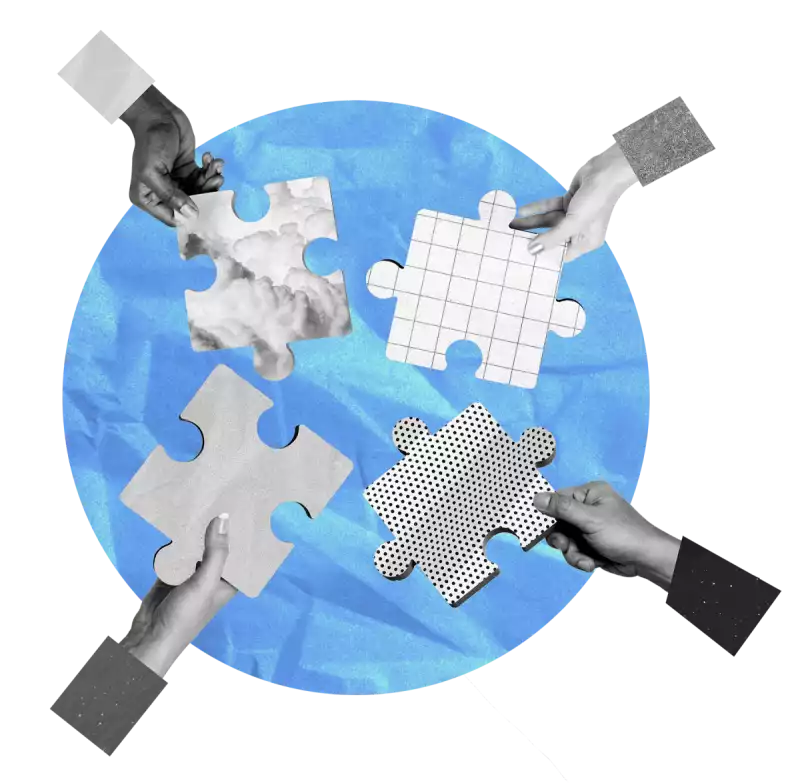High Level Reporting Mechanism in Colombia
Ensure a fair public tender process for high-value infrastructure projects using HLRM concepts since 2013
Timeline
Early 2011
Discussion on the HLRM between Colombia, OECD and Basel Institute.
Oct 2012
Draft proposal for an HLRM presented by Colombia at a side meeting during the Working Group on Bribery meetings at the OECD.
Feb 2013
Secretaría de Transparencia begins preparations for launch of HLRM.
Apr 2013
Formal launch of HLRM, including an international expert meeting.
July 2013
Presentation of the Mechanism by Secretaría de Transparencia (ST) to pre-qualified bidders at the 4G Roads Project; signature of Integrity Pacts with a clause on the HLRM between National Infrastructure Agency and pre-qualified bidders.
Aug 2013
Pilot begins.
Early 2014
First alerts are received and a relevant complaint is addressed by the HLRM in a timely fashion
2016-2017
Activation of the HLRM by the Agencia Nacional de Infrastructura to procurements carried out by the agency under Public Private Partnerships (PPPs)
2018
Plans by the Secretaría de Transparencia to develop three new HLRMs for: the Bogotá Metro; Peace Funds related projects contracted by Fondo Colombia en Paz; and 5 infrastructure projects procured by Invías (National Highways Agency). Later in 2018 the plans relating to the Peace Funds were put on hold due to alleged irregularities in the procedure to establish the Peace Funds.
Aug 2018
A Memorandum of Understanding was signed between OECD, Basel Institute on Governance and Bogota City (an independent municipality) to develop the HLRM involving the procurement of the Bogotá Metro. The search for the experts for the Metro HLRM was completed end of 2018 with the selection of a procurement lawyer, a financial expert, compliance specialist and an engineer.
2018-2019
The Bogotá Metro experts received training on the procurement process conducted by both the Metro
Company and the Inter-American Development Bank (IDB), which partially funded the project. Among the
differences between this mechanism and the previous HLRMs in Colombia was the protocol (Protocolo de
Recepción de Denuncias) that defined the institutions or individuals who could submit reports to the
mechanism (civil society, companies, anonymous reports and others).
The protocol listed the
types of offences that could be reported through the mechanism based on the list of illicit
practices as defined by the IDB and the World Bank. The main source of information for companies
about the HLRM was the inclusion of a clause in the tender documents explaining the availability of
this mechanism. Overall, the committee of experts received eight reports and made thirteen
recommendations. Five of those reports were sent to the IDB for investigation. Only two involved
alleged corrupt practices, such as collusion. None of the reports required any changes to the
procurement process. Nor did they come from companies participating in the tender. The experts’
analysis of a report usually contained a general overview and a recommendation. None of the
recommendations related to corruption safeguards. They were instead about how to improve the
procurement process and corporate governance within the Metro Company.
Further information
Documents
Online resources
Overview
Colombia has led the way in adopting and expanding the HLRM concept. It developed the first HLRM in 2013 to ensure a smooth and fair public tender process for the national 4G road infrastructure project.
Since then, Colombia has implemented similar mechanisms to cover concession contracts for Ernesto Cortissoz International Airport and procurement for all high-value projects by the National Infrastructure Agency. A HLRM is also being used for the Bogotá Metro First Line project.

How the Colombian HLRM works
To coordinate the HLRM, Colombia’s Secretaría de Transparencia (Transparency Secretariat) works closely with the government agencies in charge of the projects.
The HLRM is tailored to each situation, but bidders are always asked to agree to an Integrity Pact before participating in the tender process. This gives stakeholders a strong, early signal of the government’s commitment to a fair and open process. There is a significant deterrent effect.
The experts appointed to deal with issues raised via the HLRM were selected following an open call for tender. They come with backgrounds in criminal law, civil engineering and financial management. Crucially, they are independent from both the government and the companies bidding for contracts.
Alerts can be raised about unfair practices, a lack of clarity on technical aspects or any other issue negatively affecting the procurement process. During the 4G roads project, the HLRM was activated about a late modification to technical specifications that cut all but one bidder out of the competition. Working with the bidding companies, experts and government representatives, the HLRM resolved the issue within two weeks in a way that was acceptable to all sides.
The Colombian HLRM experts have also developed a matrix to help public authorities measure corruption risks in future tenders for public works.
Expansion of the Colombia HLRM
Bogotá Metro
In August 2018, the Basel Institute on Governance and OECD signed a Memorandum of Understanding with the Colombian President and Mayor of Bogotá to promote collaboration in designing an HLRM for the construction of Bogotá’s first metro line.
Co-financed by central and local governments, the 25 km elevated metro line will transport around 650,000 passengers a day. The total cost of this major five-year infrastructure project is estimated at USD 4,100 million.
The Transparency Secretariat has been working with the Metro Enterprise, a company set up for this project, and senior Bogotá officials to define and implement the HLRM. The selection process for the Panel of Experts took place in January 2019. See more details on the Bogotá Metro HLRM here.
Peace Fund projects
The Colombian authorities are considering applying the HLRM to several major initiatives of the Colombian Peace Fund, Fondo Colombia en Paz.
Launched with the aim of investing around USD 46.6 billion in Colombian peace and development projects over 15 years, the Peace Fund is currently suffering from allegations of corruption and mismanagement and is being reorganised as a result.
Highways projects
The Government is considering a HLRM to oversee procurement in five highway projects funded by the Agencia Nacional de Infraestructura (National Infrastructure Agency). The agency has also taken the significant step of modifying its contract manual to require HLRMs in future large public tenders.
OECD Integrity Forum 2018: Introducing the HLRM in Colombia
HLRM in practice
Explore more case studies
Argentina
Argentina launched an HLRM in January 2018. In the pilot phase launched in April 2018, it applied to public-private partnership (PPP) contracts under a National Highways Directorate (Dirección Nacional de Vialidad, DNV) project to develop 7,500 km of new highways and safe routes.
Ukraine
Ukraine’s Business Ombudsman Council (BOC) is now the primary channel for companies to report unfair business practices. It was formally established in May 2015 as a result of discussions with various stakeholders.
Panama
The Government of Panama originally envisaged the HLRM to apply to tenders in the infrastructure, but in 2015, decided to change the focus and apply the HLRM to oversee public procurement by the national Social Security Fund.











